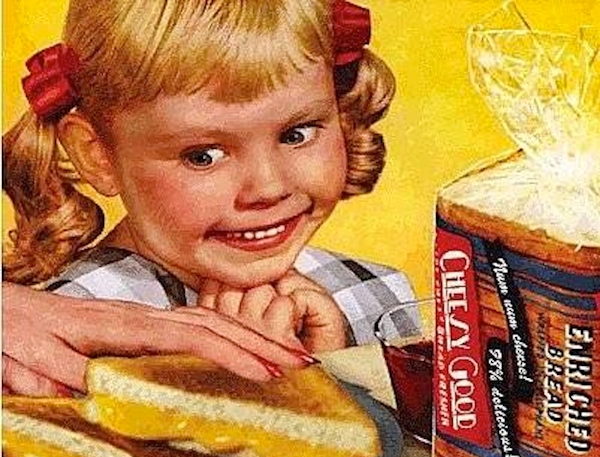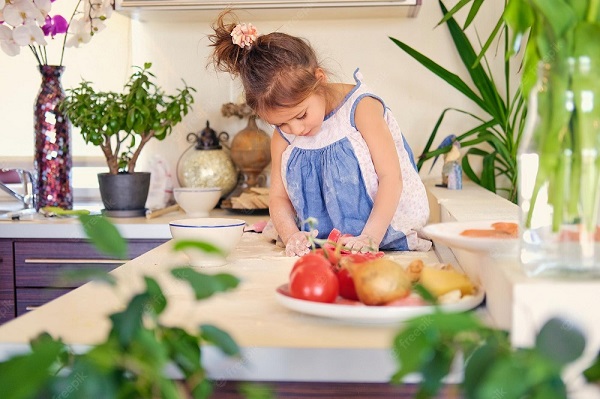
Just like pies and peas or strawberries and cream, kids adore cheese – they’re a match made in heaven.
In an efforts to serve the most nutritional diet we can to our kids, adding certain ingredients can make or break a meal and satisfy the grumpiest of toddlers, but which is the best to offer, which is healthier? milk or cheese?
Cheese is quite often chosen over milk if given the choice, where most parents happily oblige. In fact, cheese is one of the healthiest snacks for your child’s teeth because it stimulates the salivary glands to help protect teeth from acids that cause cavities.
But just because both cheese and milk come from cows it doesn’t mean that they are on par in the nutritional stakes. Sure, cheese is a great source of calcium, potassium, protein and vitamin D but it also contains fat, saturated fat and salt. Milk is also a great source of vitamin D but to fulfil the same percentage as a glass of milk your child would have to chow down on 10 slices of cheese to get the same amount. That’s a lot even for the biggest cheese lover!
There is also the concern over kilojoules with cheese being much denser in energy than a glass of moo juice. Salt is also something to be aware of because it is part of the process of how cheese is made. Processed cheese such as cheese singles are another product again (being highly processed) so try and steer clear of these.
So what’s the best cheese for toddler/kids and what do we need to look for when buying?
+ A low fat/reduced fat cheese is preferred low in sodium (salt)
+ One to three-year-olds should eat about two grams, four to six-year-olds three grams and seven to ten-year-olds, five grams.
+ At least 25% calcium
+ At least 10% vitamin D
+ One serving should be the size of their fist keep it all in moderation – not served every meal
+ Unpasteurized is best for under five’s. Mould-ripened cheese like brie, camembert, blue vein etc can cause food poisoning in children
+ A mild or tasty cheese is more tolerable for a child’s palate
If your child is getting enough calcium from drinking milk then they don’t necessarily need a lot of cheese added to their diet. Every slice of cheese can add up to an extra 150 kilojoules on top of what they already eat which is quite substantial in their daily diet.
What does your child prefer – cheese or milk?



